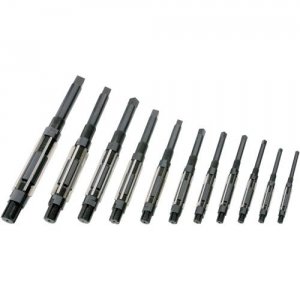Stephen
Member
What is the desired fit dimensions (interference fit) between the I/D of brass tubes and the O/D of pen components to prevent the tube expanding and cracking the wood when assembling pens?
I am aware the type of wood and the degree of dryness is a factor to consider. I normally measure the two mating parts and if the interference fit exceeds 0.004" I will reduce by sanding the I/D of the tube. I use red Locktite as an insurance.
Like to know what others do to prevent stressing the wood after assembly.
Thanks for sharing your experience.
I am aware the type of wood and the degree of dryness is a factor to consider. I normally measure the two mating parts and if the interference fit exceeds 0.004" I will reduce by sanding the I/D of the tube. I use red Locktite as an insurance.
Like to know what others do to prevent stressing the wood after assembly.
Thanks for sharing your experience.

